Visiting Tanzania in the near future for trekking and safaris? If yes, then you have made the right choice as this country is blessed with everything you could wish for. If not, then maybe we can convince you once you get to know Tanzania more, with a more in-depth look at what to expect from this beautiful and blessed country. Tanzania is the land of the magnificent Mount Kilimanjaro and the Serengeti National park, home to the African big cats and the Great wildebeest migration that happens annually. A true spectacle to behold as millions and millions of wildebeest cross the Mara River to get into the Masai mara in Kenya.
Why visit Tanzania?
Mount Kilimanjaro is not the only reason why you should visit Tanzania, nor should Serengeti be the only reason why you should be attracted to this East African country, bordered by Kenya to the North and the Indian Ocean to the East. We have acres of pristine, clean beaches along the coastline bordering the Indian Ocean with clean beaches in the islands that make up Tanzania. Zanzibar Spice islands, Mafia Islands, and Pemba islands offer their own different tastes in a unique kind of way. The best way to catch a break from urbanization and to immerse yourself into the pure, crystalline blue waters of our beaches, as you soak in the sun, enjoy the breeze and relax in our luxurious resorts. The Northern Circuit parks give you a variety of safaris and game drives with superb and wildlife-filled national parks like the Serengeti, Tarangire, Lake Manyara, and the Ngorongoro Crater.
About Tanzania
The 945,087 sq km (364,900 sq miles) of the United Republic of Tanzania (which includes a number of offshore islands including Zanzibar, Pemba, Latham and Mafia) has a wide variety of land forms, climates, and peoples; and the country includes the highest and lowest parts of Africa – the summit of Mt. Kilimanjaro (5,895m above sea level) and the floor of Lake Tanganyika (358m below sea-level).
Highlands and Mountains of Tanzania
The main upland areas occur in a northern belt – the Usambara, Pare, Kilimanjaro, Meru, Ol Doinyo Lengai, Gelai and Hanang mountains; a central and southern belt – the Southern highlands, the Ugurus and the Ulugurus; and a north-south trending belt, which runs southwards from the Ngorongoro Crater Highlands. The highest peaks are volcanic, though block faulting has been responsible for the uplift of the plateau areas. Other fault movements have resulted in the depressed areas of the rift valleys; and Lakes Tanganyika, Malawi, Rukwa, Manyara and Eyasi occupy part of the floor of these depressions. Much of the rest of inland Tanzania is made up of gently sloping plains and plateaux broken by low hill ranges and scattered isolated hills.
The coast includes areas with sweeping sandy beaches and with developed coral reefs, but these are broken by extensive growth of mangroves, particularly near the mouths of the larger rivers. Below are the 3 most popular mountains in Tanzania.
Discover Destinations to visit in Tanzania
The tourist attractions in Tanzania are endlessly captivating, ranging from the untamed landscapes of the Serengeti National Park to the ancient cities of Stonetown, from the pristine beaches of the Zanzibar Islands to the eerie seldomly visited wilderness of Southern Tanzania and the majestic mountains of Northern Tanzania like Mount Kilimanjaro, Meru, and Ol Doinyo Lengai. The most well-liked vacation spots in Tanzania offer it all: kind locals, first-rate facilities, and an abundance of distinctive cultural encounters that are unrivaled anywhere else in the world.
In Tanzania, you may go on a safari to see the Big 5, eat at a restaurant that has won several awards, and toast the sunset on the beach.
Tanzania’s favorable environment makes it the ideal destination for a trip at any time of the year inside the wide expanse of land between the warm waters of the Indian Ocean. In addition, Tanzania offers a wide variety of outdoor tourism attractions that will take you horseback riding at Kili Golf, abseiling down a stunning Lake Duluti, or soaring over the savannah in a hot air balloon in the country’s daring Serengeti, Tarangire, and Ruaha National Parks.
As gratifying as Tanzania’s geographic richness are it’s cultural tourism attractions.
At various UNESCO World Heritage Sites, you may learn about Tanzania’s indigenous tribes like the Maasai and archaeological riches while also conveniently accessing the political history of the nation.
Tranquil Kilimanjaro will make sure that your trip to Tanzania is not only comfortable but also full of adventures thanks to its hotels and lodges spread across all of the country’s regions. We can help if you’re seeking fascinating vacation spots in Tanzania.
How to enter Tanzania
To get into Tanzania, you will need to use either air, road, or water. We will explain all these methods of transport if you want to visit Tanzania for a safari, a Kilimanjaro climb, or Zanzibar Beach Holiday.
By Air
Tanzania has three significant international airports:
The Serengeti, the Ngorongoro Crater, Tarangire National Park, and Lake Manyara are all part of the Northern Safari Circuit, which can be reached from Kilimanjaro International Airport (JRO), which is midway between Arusha and Moshi.
For those traveling to Dar es Salaam or the Southern Safari Circuit, which includes the Selous Game Reserve and Ruaha National Park, Julius Nyerere International Airport (DAR) is a viable choice.
Abeid Amani Karume International Airport (ZNZ) is the closest airport to Stone Town, the capital of Zanzibar, at barely 5 kilometers (3.1 miles) away.
Most significant cities in Europe and North America have strong international connections to all three airports.
Driving, by road
If you’re entering Tanzania from a neighboring nation, you can also drive there.
Although drivers should be warned that all driving in Tanzania may be fairly busy, the roads from Nairobi to Arusha via Namanga, from Zambia to Mbeya and Iringa, and from Zambia to Arusha are in acceptable shape.
Be cautious around police checkpoints and don’t overlook the vast distances between destinations.
If you reserve your excursion with us, we’ll take care of the transportation so you can concentrate on the most thrilling aspects of your African experience!
What requirements do you need to visit Tanzania?
To enter Tanzania, you will need a valid passport and visa. Please check with your country of origin embassy and travel advisory before making that trip to Tanzania.
Passports
Your passport must be valid for at least six months after your arrival in Tanzania.
If you live in Tanzania, your passport has to be good for six months after your arrival.
Make sure your passport and other travel papers satisfy their criteria by checking with your travel company.
Visas
A tourist or business visa is required for entry into Tanzania for all holders of European or American passports. Tanzania has implemented a “e-visas” system that allows travelers to apply and have their visas granted online before leaving. A visa cannot be obtained at the Tanzanian High Commission in London anymore.
Subject to meeting all immigration conditions, it is also feasible to get a tourist or business visa for a single entry upon arrival at Tanzania’s principal ports of entry. You could be required to show documentation of your return trip. A multiple entry visa cannot be obtained upon arrival. Visit the Tanzanian immigration website for further information about visas.
A valid work permit, which may also be requested for online via the Tanzanian immigration website, is required if you want to work or volunteer. Before you leave, your company or volunteer organization should make arrangements for this.
You may be arrested, held, fined, and deported if you overstay the duration of your visa or permission.
Black, Asian, and Minority Ethnic (BAME) British passport holders have reported to the British High Commission that they are subjected to higher levels of harassment by immigration authorities. You should maintain your composure in these situations and urge that the British High Commission’s consular office be alerted right away.
Yellow fever certificate requirements
Visit the TravelHealthPro website of the National Travel Health Network and Center to see if you require a yellow fever certificate.
Weather and the best time to visit Tanzania
With the exception of the high mountain areas, temperatures in Tanzania are not a major limiting factor for crop growth, although the range of altitude produces a corresponding range of temperature regimes from tropical to temperate. Rainfall is variable, both from place to place and time to time, and is generally lower than might be expected for the latitude. About 21% of the country can expect with 90% probability, more than 750mm of rainfall, and only about 3% can expect more than 1,250mm.
The central third of the country is rather dry (less than 500mm) with evaporation exceeding rainfall in nine months of the year. For much of the country most rain falls in one rainy season, December-May, though two peaks of rainfall in October-November and April-May are found in some areas. Apart from the problem of the long dry season over most parts of the country, there is also a marked fluctuation in annual rainfall from one year to the next, and this may be reflected in the crop production and livestock figures.
When is the best time to visit Tanzania?
The lengthy dry season, which lasts from July through September, is the ideal time to visit Tanzania. The Great Migration, treks, safaris, and Zanzibar beach vacations are all at their finest during these months.
Of course, this time of year is prime travel time. There will be more people there, and some lodges, motels, and parks will charge more.
Consider traveling during the brief rainy season from the end of October to December if you want a more private experience.
You should try to avoid traveling during the prolonged rainy season, which lasts from March through May. Since the rains are frequently heavy and unexpected, plans may need to be changed at the last minute.
Here is a month-to-month guide of climbing Mount Kilimanjaro
Visiting Tanzania in January
After the brief rains in November and December, January is a rather dry and warm month.
There is a possibility of a few brief showers, although these often happen at night.
On the Ndutu Plains, it is calving season, so going there in January—especially near the end of the month—is a terrific way to observe plenty of wildebeest.
Visiting Tanzania in February
The migration is still taking place in the Ndutu Plains despite the rising temperatures.
One of the best times to climb Mount Kilimanjaro, go on safari in the northern and southern parks, and take a beach vacation to Zanzibar is in February.
Similar to January, there is still a possibility of brief downpours, which almost always happen at night.
Visiting Tanzania in March
The weather is still quite hot as the migration begins to move westward toward the Grumeti River.
The best time to go hiking, on a safari, or to the beach is still at the beginning of the month. As Tanzania enters its lengthy rainy season, there is a greater likelihood of rain near the end of the month.
Visiting Tanzania in April
The lengthy rainy season is in full force in April. It is not advisable to travel at this time since heavy rains may interfere with scheduled activities.
During this time of year, Kilimanjaro climbing is riskier. Also shuttered are a lot of lodges.
Visiting Tanzania in May
May is a rainy month, just like April, making it unsuitable for travel. Although gorgeous, the dense greenery makes it more challenging to detect wildlife.
Visiting Tanzania in June
When the lengthy rainy season finally ends at the beginning of June, Tanzania is covered in lush foliage, and is a fantastic time to go bird-watching.
The savannah often grows drier and easier to spot wildlife by the end of the month. In June, the migration starts from the Grumeti River and moves north.
Visiting Tanzania in July
The busiest time of year to visit Tanzania is around July. Elephants are congregating in Tarangire National Park as the migration approaches Kenya.
Visit the more isolated parks on the southern safari circuit, such as Ruaha and Selous, to escape the crowds and high season fees.
Booking in advance will ensure that visitors have their first choice of lodging.
A nice month to travel to Zanzibar is July since it is dry and a little bit cooler than the months of December to March.
Warmer clothing should be brought for early morning safari drives and sundowners in the bush because nights, evenings, and mornings can also be colder on the mainland.
Visiting Tanzania in August
Tanzania is beautiful in August since it is dry and cool.
As wildlife begins to look for water sources, guides can forecast their movements and you have a better chance of sighting The Big Five.
At Lake Natron, which is otherwise eerie, flamingos also flock in large numbers because they may find food and refuge there.
August through September, when the water is extremely clean, is the best time for divers. The islands in the Indian Ocean are also where turtles hatch.
Visiting Tanzania in September
September, the final month of the busy season, may be quite hectic and expensive. The Serengeti is covered in migrating herds of wildebeest and zebra.
The Mara River, which flows from Kenya’s Northern Serengeti, is their main barrier.
It may be thrilling to see herds of wildebeest desperately swim across crocodile-infested waterways; frequently, there are scenes of immense terror and confusion that serve as reminders to travelers of the cyclical nature of life on the African Plains.
In Zanzibar and along the shore, the water is transparent, and you can see turtle eggs hatching.
Visiting Tanzania in October
October is still relatively dry and an excellent time for trekking, safaris, and enjoying Tanzania’s beaches even if it is no longer peak season.
There are still many of animals to witness, even if the migration has already reached Kenya.
The beginning of the month is preferable for travel because the brief rainy season might occasionally begin by the end of October.
Visiting Tanzania in November
The brief rainy season starts in November. Even though the majority of lodges are still operating, November and early December are considered low seasons (unlike in the long rain season).
Most showers are brief and only occur in the evening. Birds, particularly migrant ones from the north, are simple to identify in safari parks when the plains and savannah become green once again. From Kenya, the migratory slowly move back south, so a few lone crossings could be seen.
Whale sharks may also be observed off the coasts of Zanzibar and Mafia from November through March.
Visiting Tanzania in December
The brief wet season ends in the middle of December. From December to March, there may still be a few brief rainstorms, although they normally only last one or two hours.
Zanzibar travel is ideal this month since temperatures are gradually rising. It is advisable to make reservations in advance because the days leading up to Christmas may be extremely crowded and expensive.
Water Catchment Areas
The surplus water from the wetter areas drains into the few large perennial rivers of the country. The largest river, the Rufiji, drains the Southern highlands and much of southern Tanzania. With an average discharge of 1,133 cu m per second, it is one of the largest rivers in Africa, and has major potential for irrigation and hydroelectric power development. The Ruvu, Wami, and Pangani also drain into the Indian Ocean. The Pangani has already been developed for hydroelectric power, which supplies Arusha, Moshi, Tanga, Morogoro, and Dar es Salaam. Apart from the Ruvuma, which forms the southern frontier, most other drainage is to the interior basins, or to the Lakes Tanganyika, Victoria, and Malawi.
The most fertile soils in Tanzania are the reddish-brown soils derived from the volcanic rocks, although elsewhere mbuga and other alluvial soils have good potential. The interior plateaux are covered with red and yellow tropical loams of moderate fertility. The natural vegetation of the country has been considerably modified by human occupation. In the south and west-central areas there are large tracts of woodland covering about 30% of the country, while on the uplands are small but important areas of tropical rainforest (0.5% of the country). Clearly marked altitudinal variations in vegetation occur around the upland areas and some distinctive mountain flora is found. Tanzania is well known for its game reserves.
Best towns to visit in Tanzania
Tanzania is one of the least urbanized countries of Africa, with less than 10% of the population residing in towns; the principal towns are Dar es Salaam, Mwanza, Tanga, Arusha, and Moshi. There are more than 120 ethnic groups in Tanzania of which the largest are the Sukuma and the Nyamwezi. None, however, exceeds 10% of the total population. Dar es Salaam is the main port, the dominant industrial centre, and the focus of government and commercial activity, although the administrative function of the capital city are in the process of being transferred to Dodoma. Arusha and Moshi are the most visited towns in Tanzania by tourists because they are the starting points of safaris and Kilimanjaro climbing respectively.
 Plant and animal life
Plant and animal life
Forests grow in highland areas where there is high rainfall and no marked dry season. The western and southern plateaus are primarily miombo woodland, consisting of an open cover of trees, notably Brachystegia, Isoberlinia, Acacia, and Combretum. In areas of less rainfall (16-32 inches), bushland and thicket are found. In floodplain areas, wooded grassland with a canopy cover of less than 50 percent has been created by poor drainage and by the practice of burning for agriculture and animal grazing.
Similarly, grassland appears where there is a lack of good drainage. For example, the famous Serengeti Plain owes its grasslands to a calcrete, or calcium-rich hardpan, deposited close to the surface by evaporated rainwater. Swamps are found in areas of perennial flooding. Desert and semidesert conditions range from an Alpine type at high altitudes to saline deserts in poorly drained areas and arid deserts in areas of extremely low rainfall.
Due to the historically low density of human settlement, Tanzania is home to an exceptionally rich array of wildlife. Large herds of hoofed animals–most spectacularly the wildebeest, as well as the zebra, giraffe, buffalo, gazelle, eland, dik-dik, and kudu–are found in most of the country’s numerous game parks. Predators include hyenas, wild dogs, and the big cats–lions, leopards, and cheetahs. Crocodiles and hippopotamuses are common on riverbanks and lakeshores.
The government has taken special measures to protect the rhinoceros and elephant, which have fallen victim to poachers. Small bands of chimpanzees inhabit Gombe National Park along Lake Tanganyika. Nearly 1,500 varieties of birds have been reported, and there are numerous species of snakes and lizards.

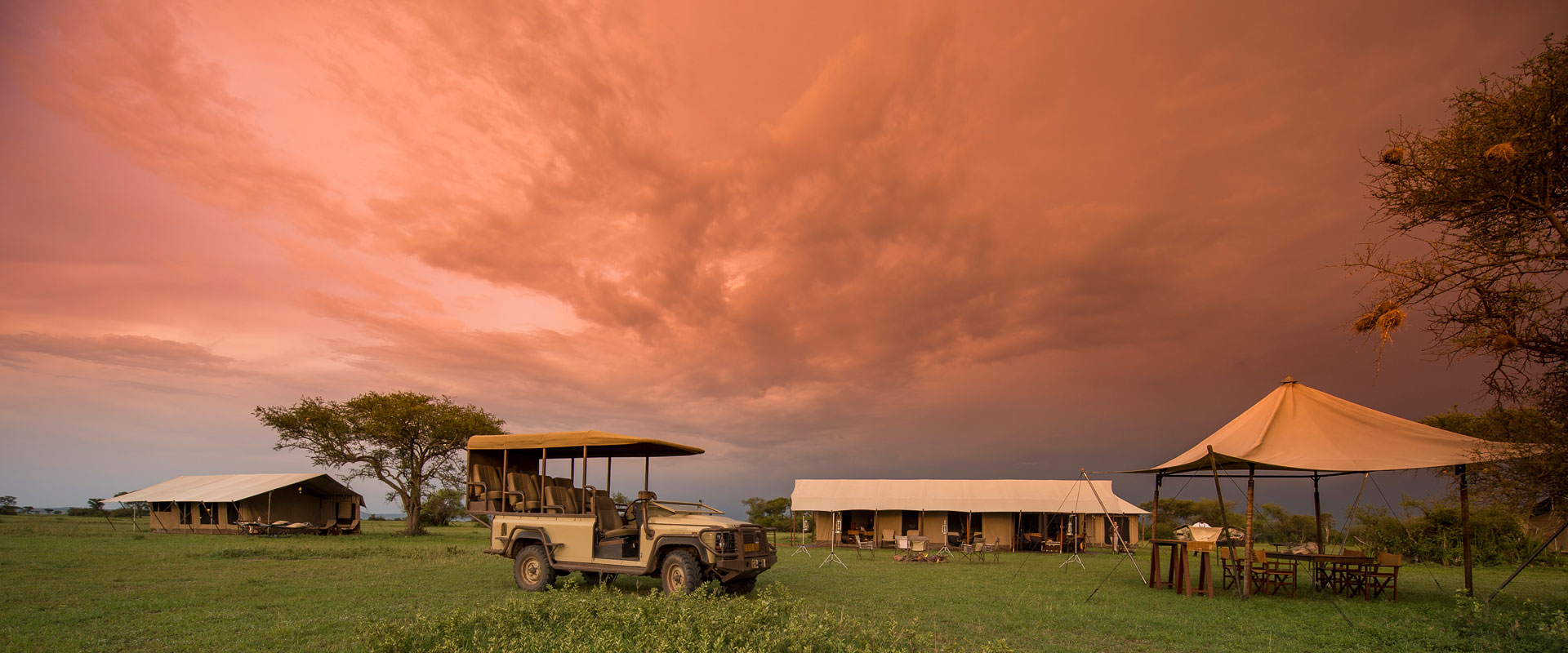
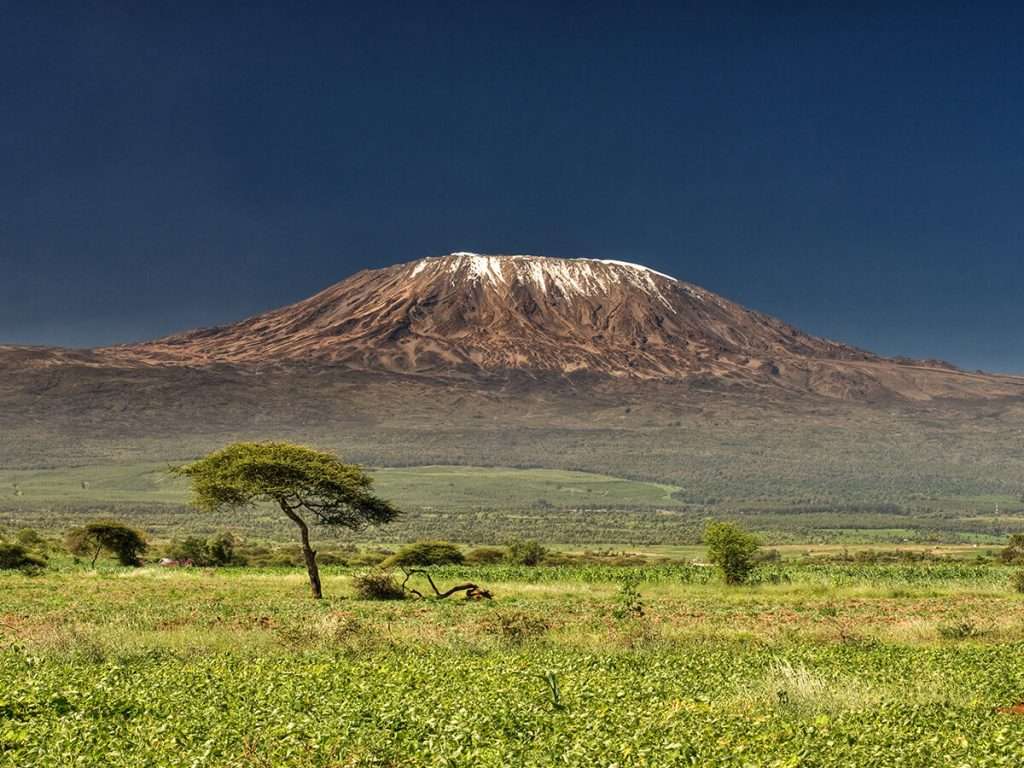
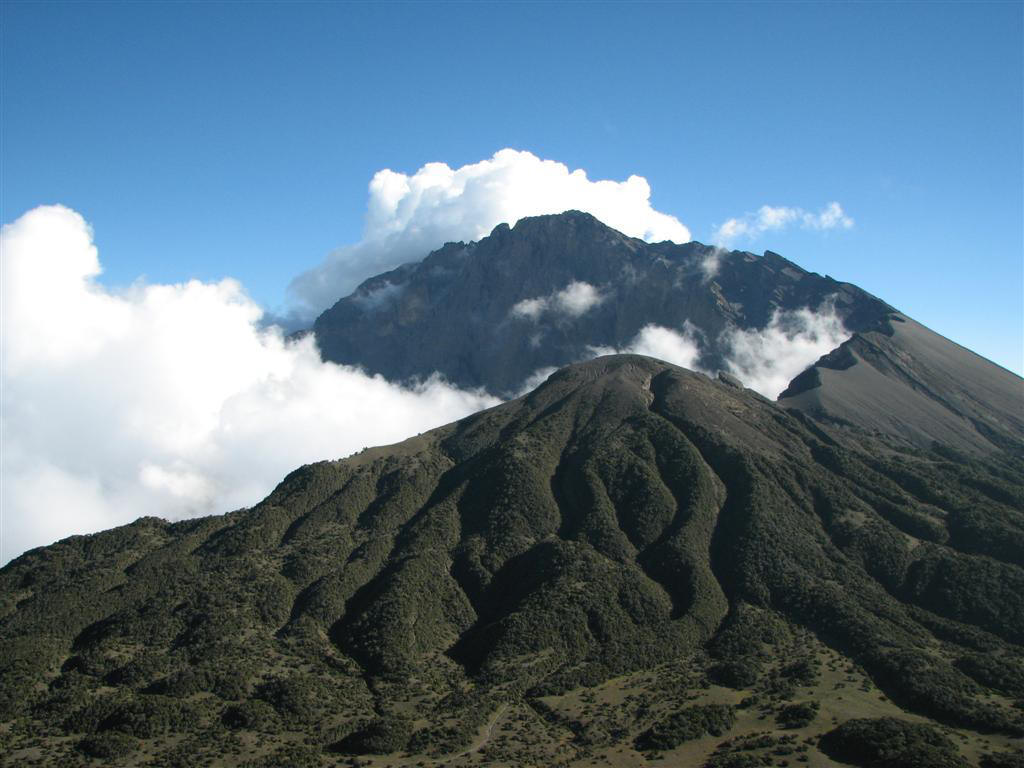
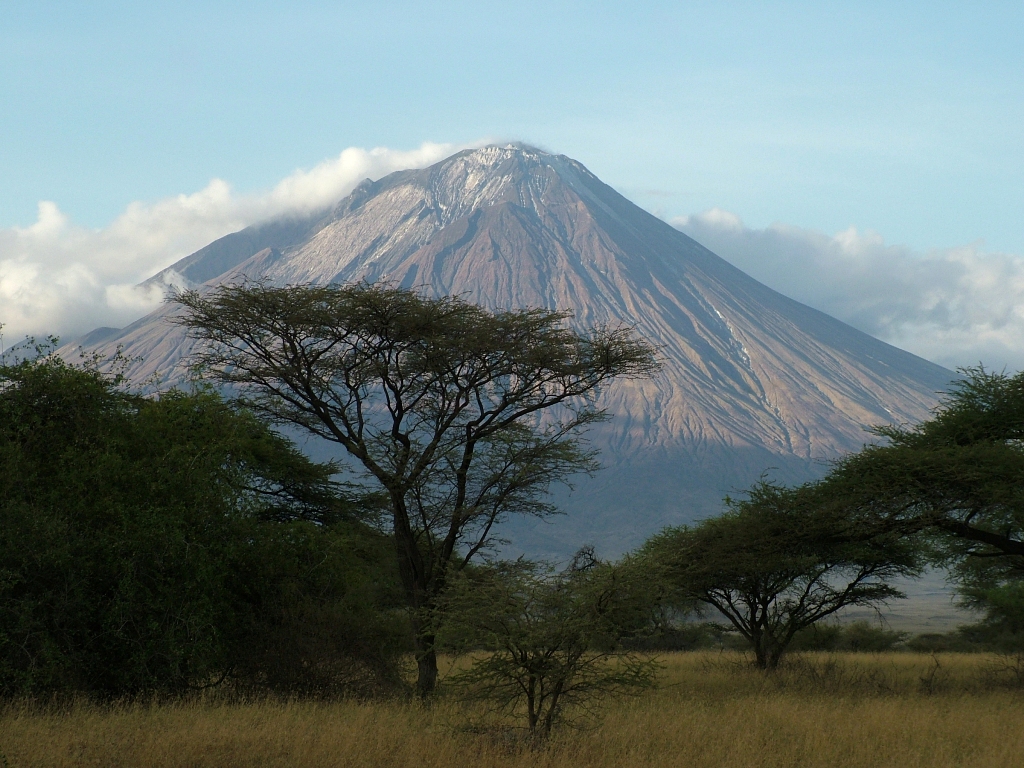
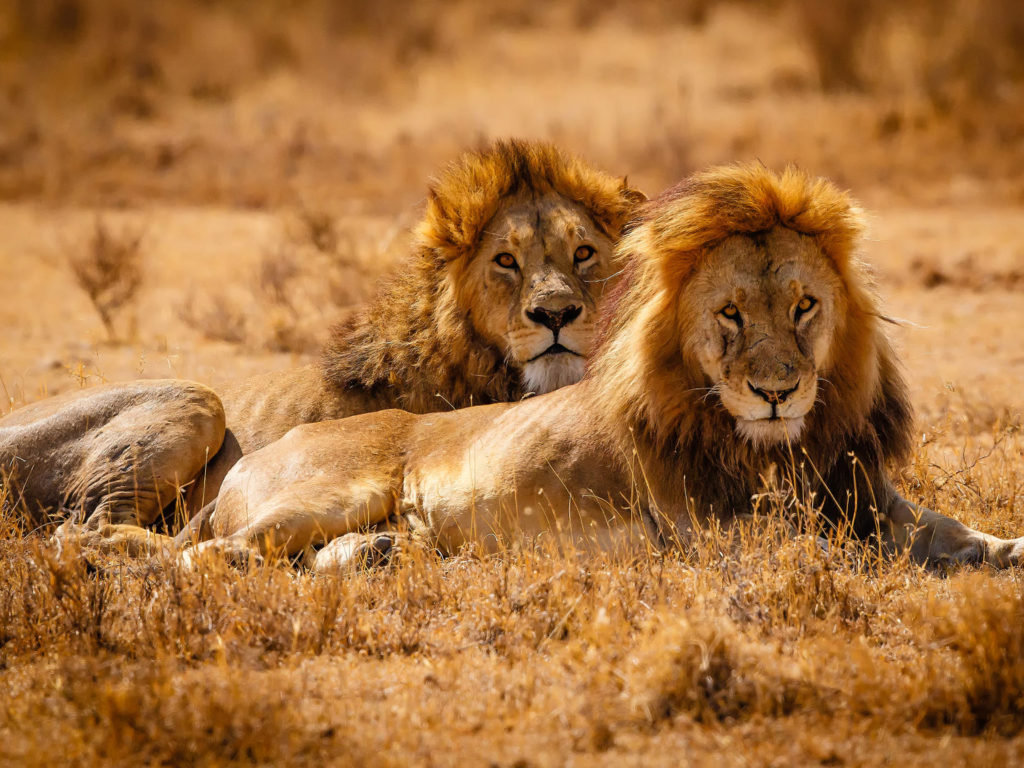
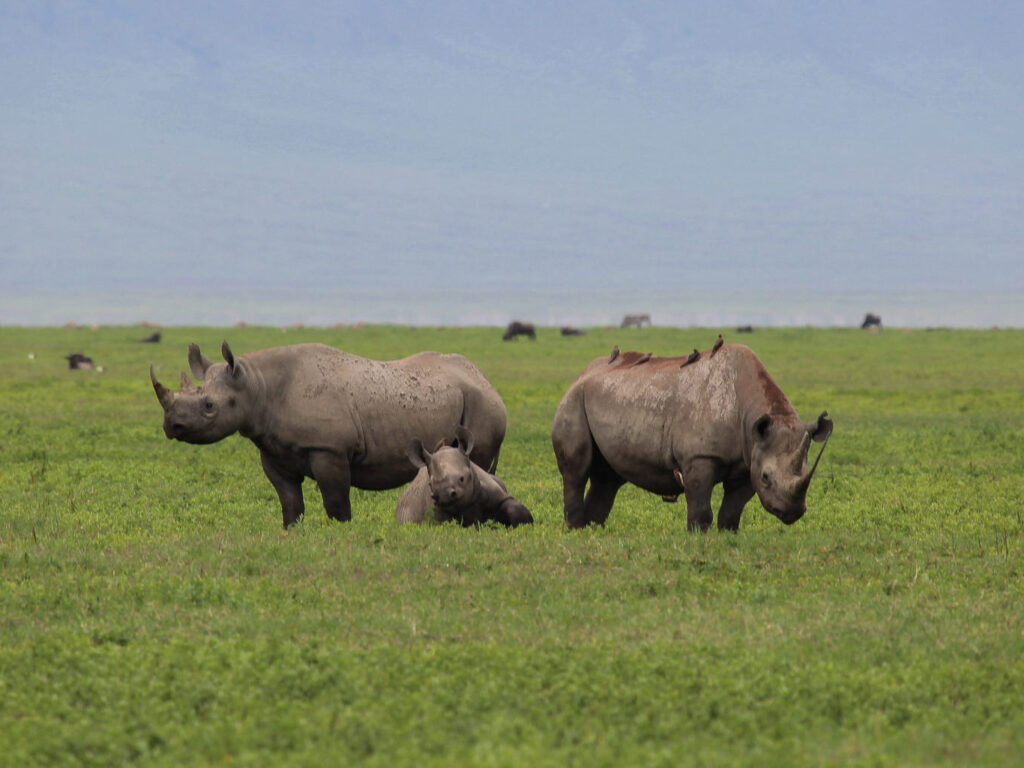
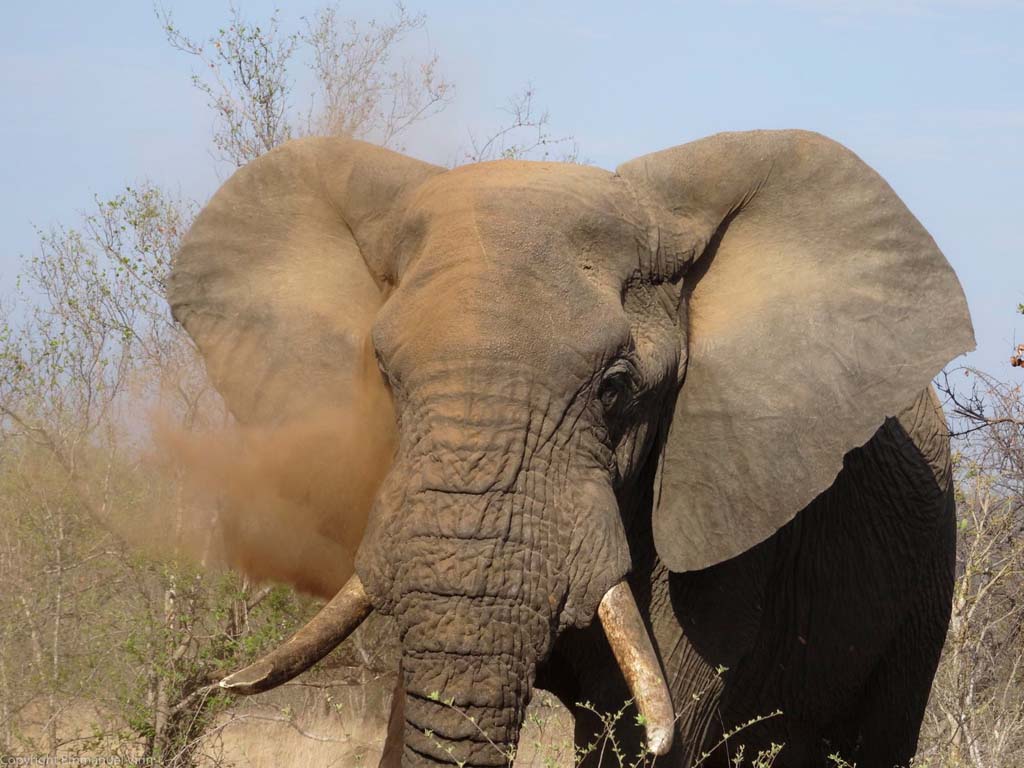
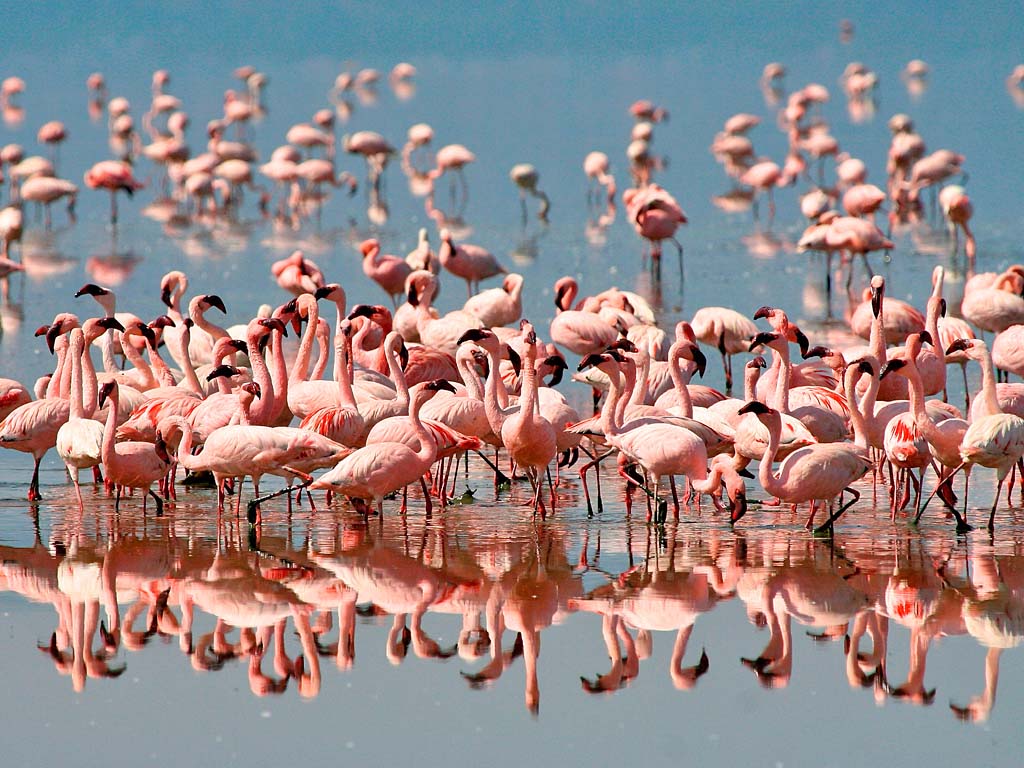
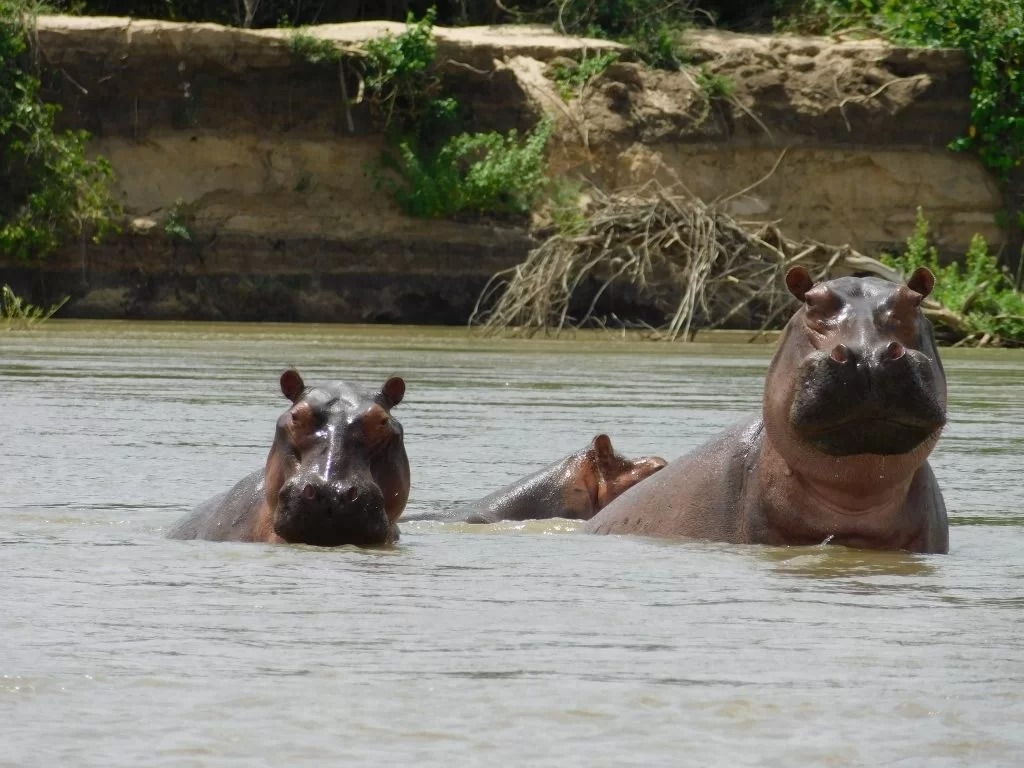
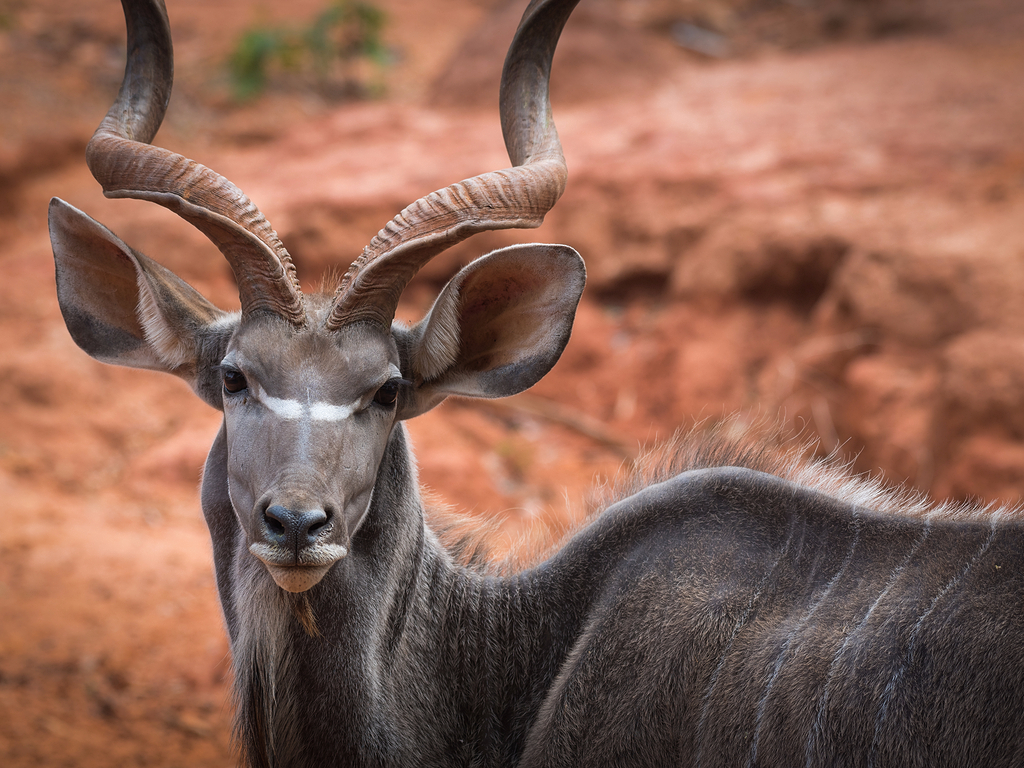
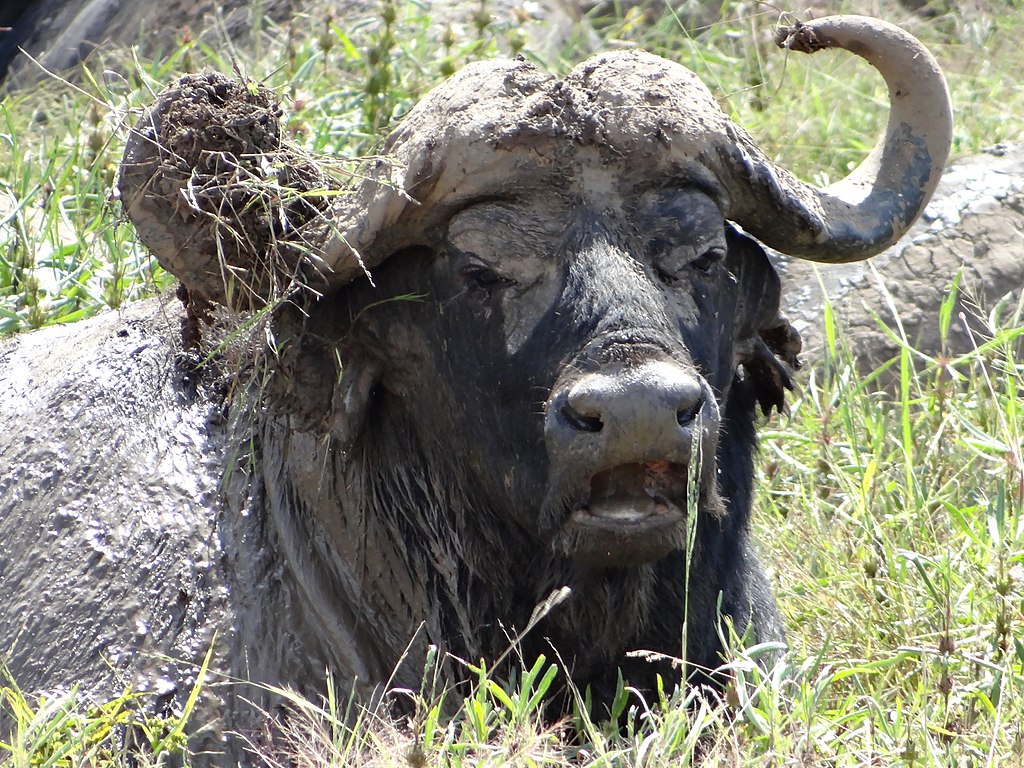
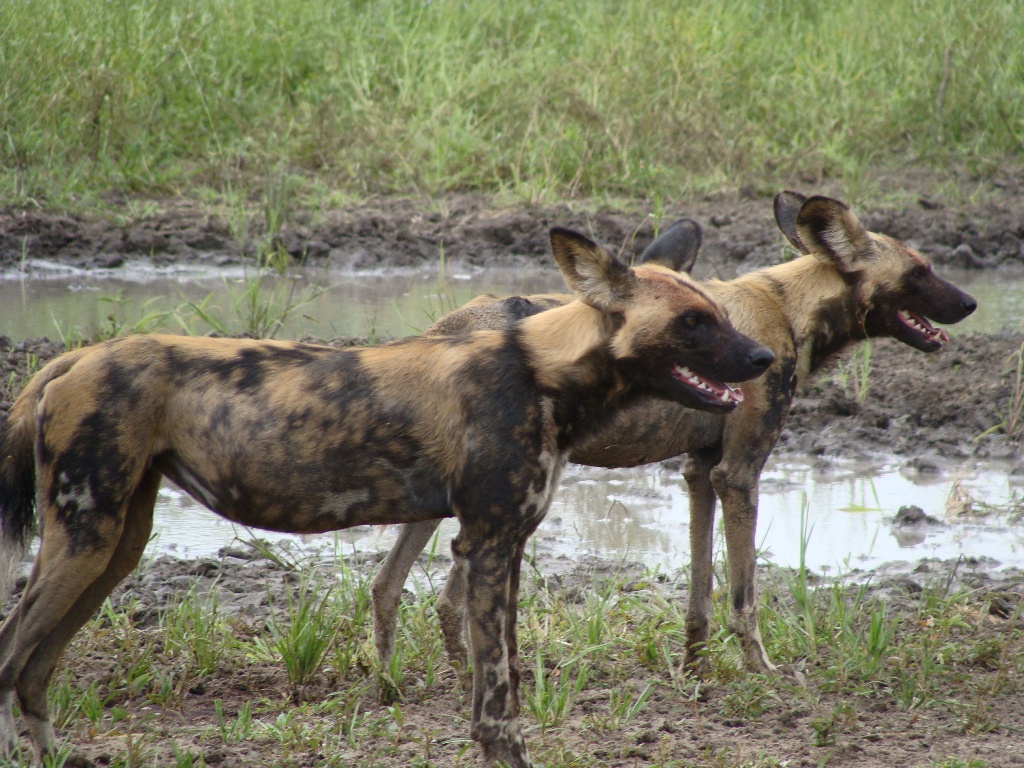
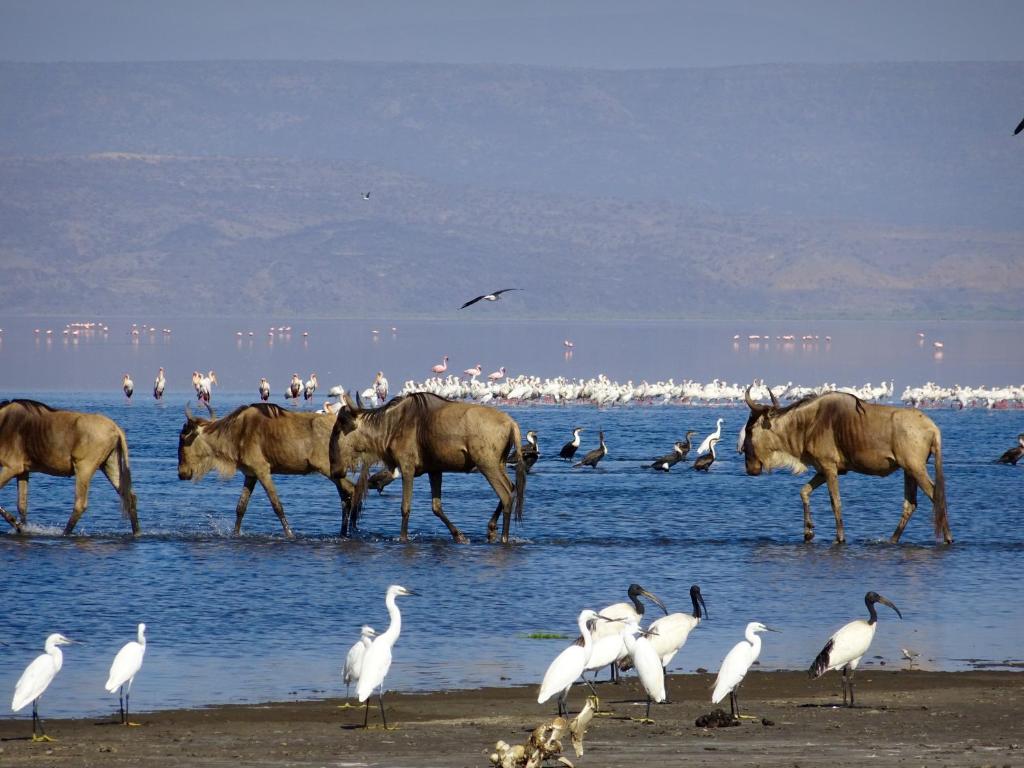
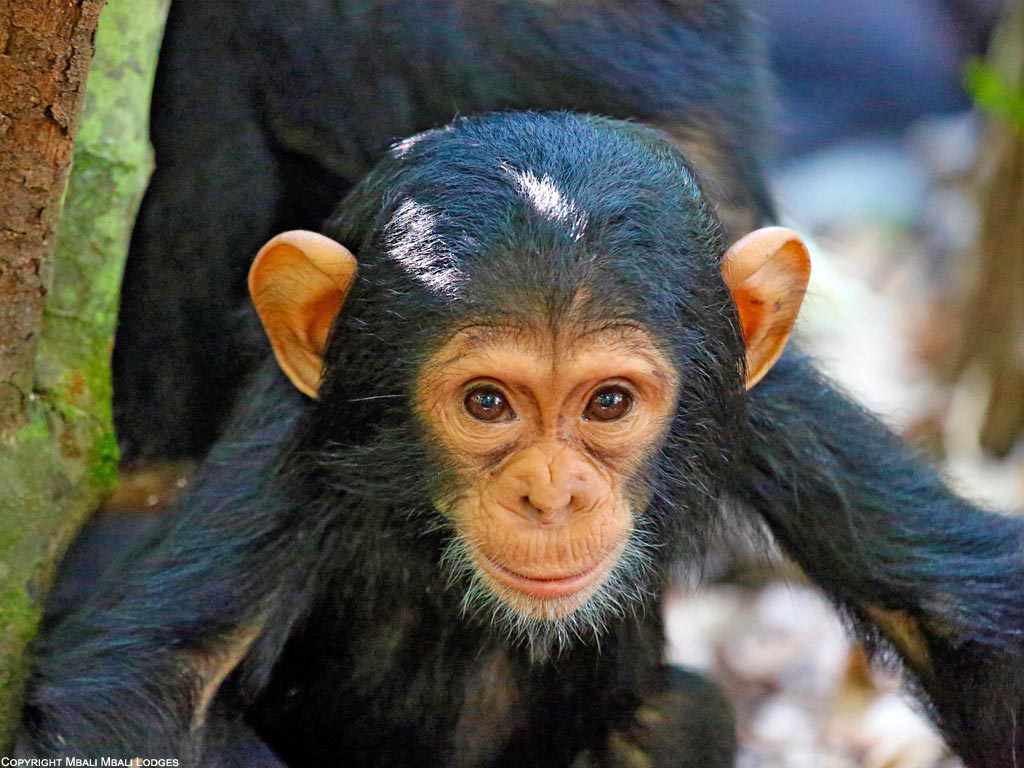
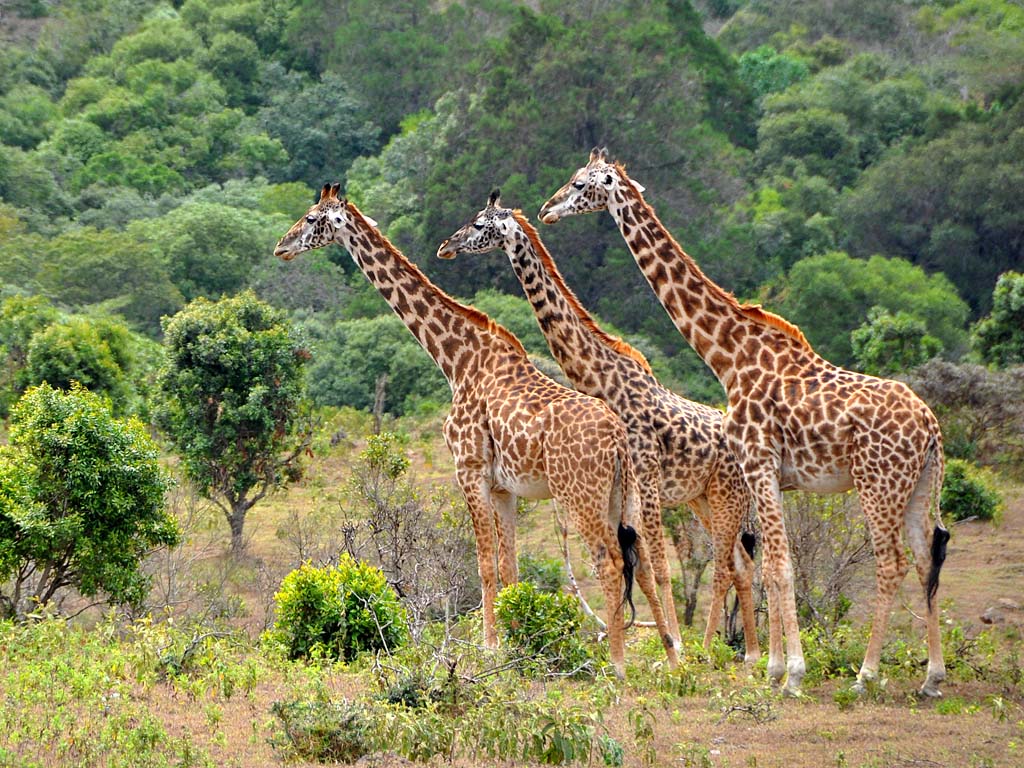
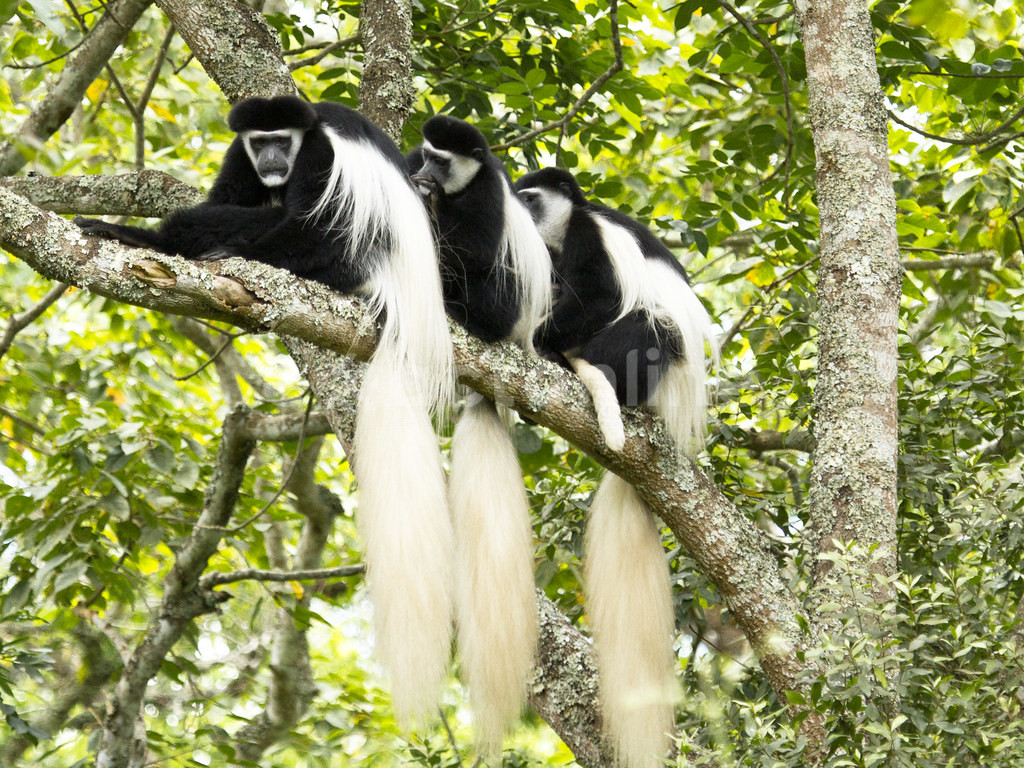
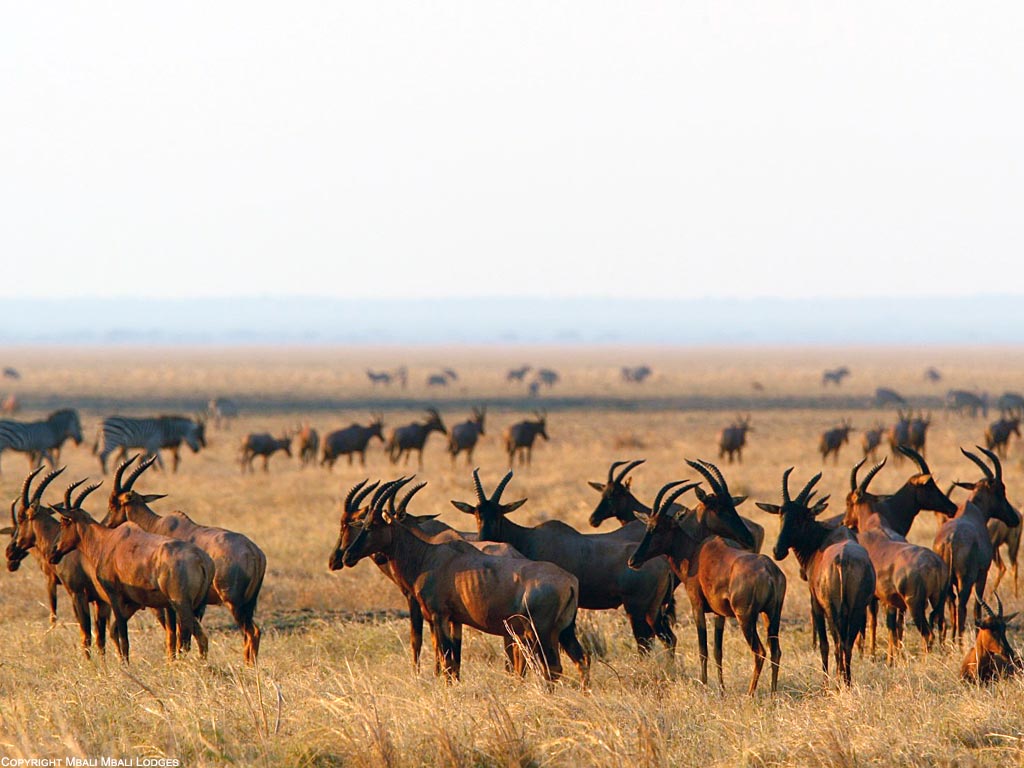
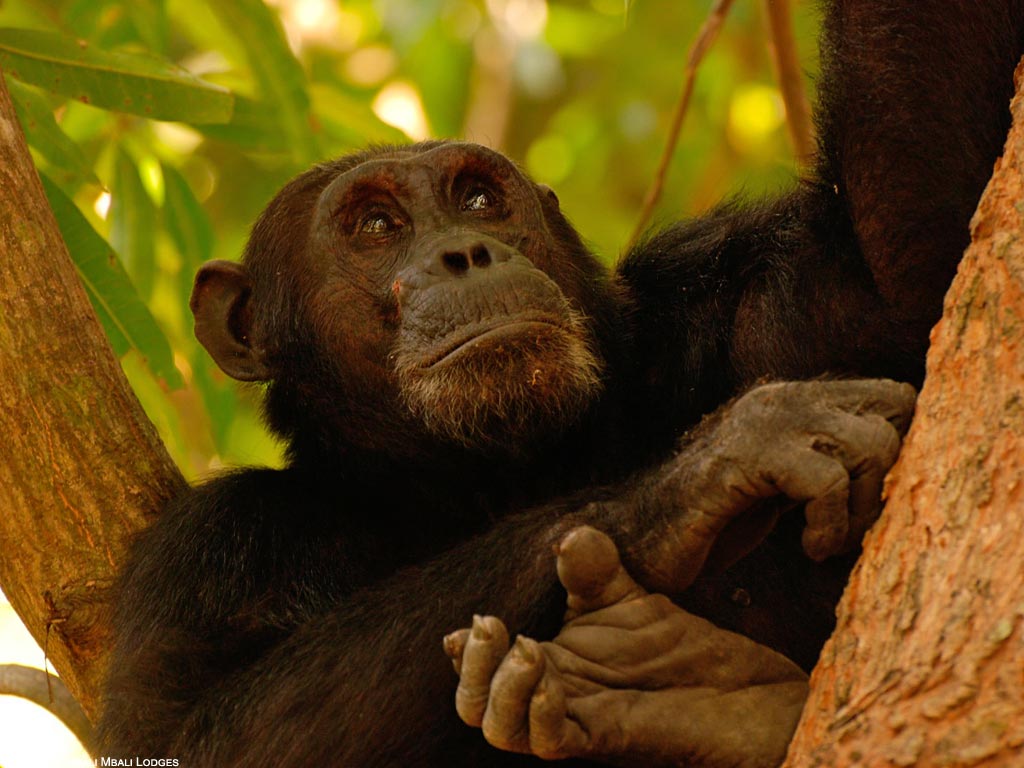
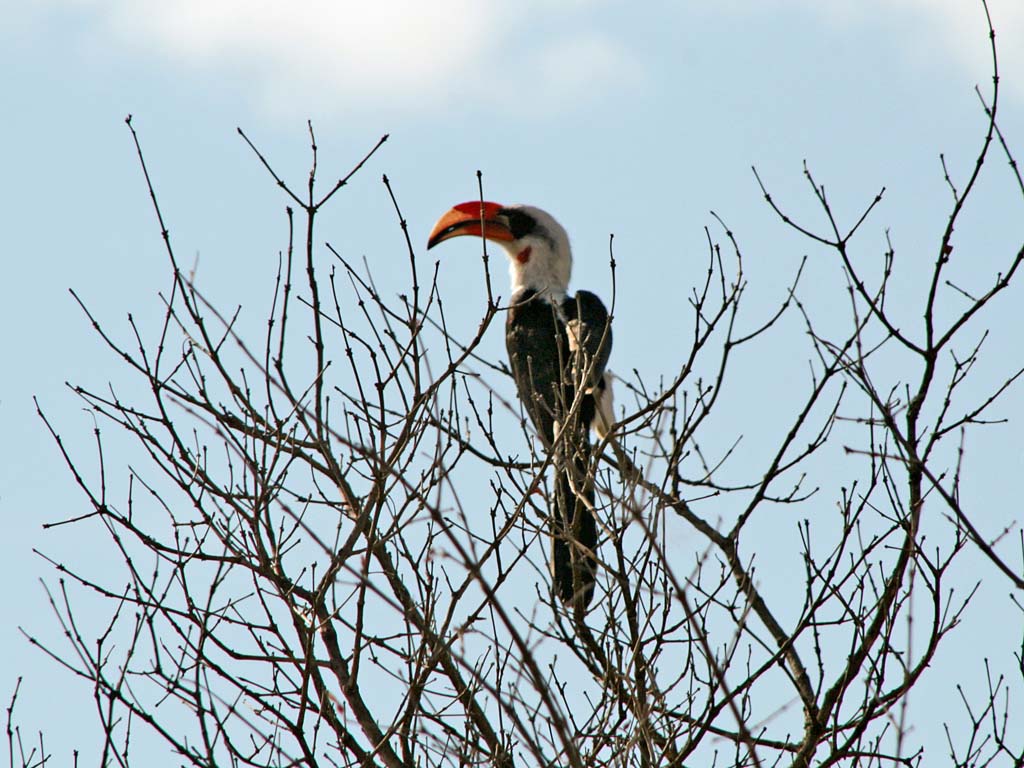
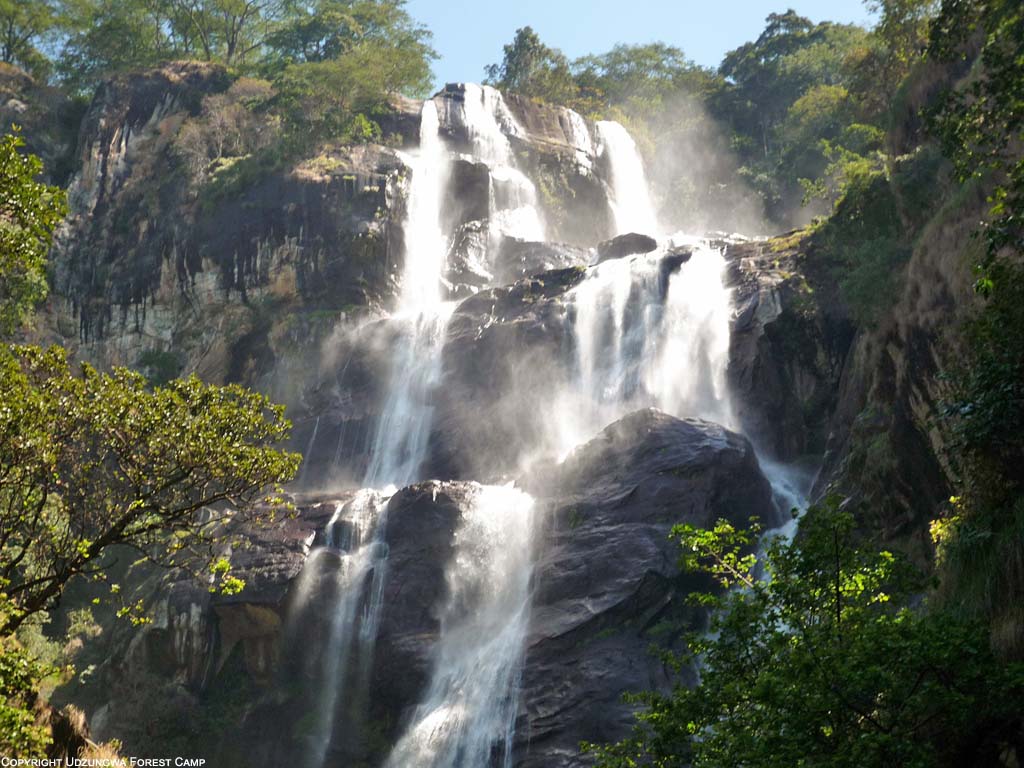
 Plant and animal life
Plant and animal life